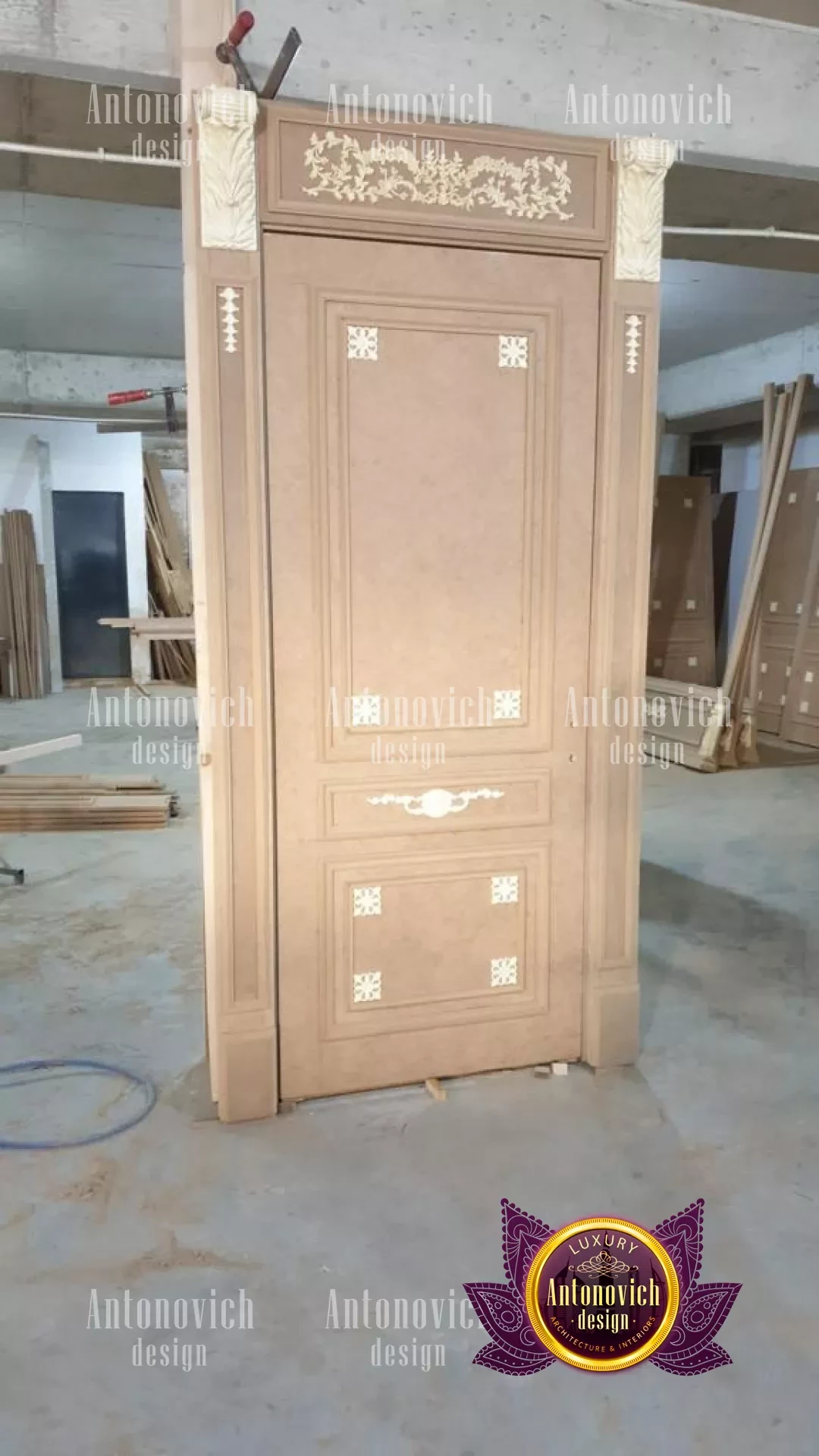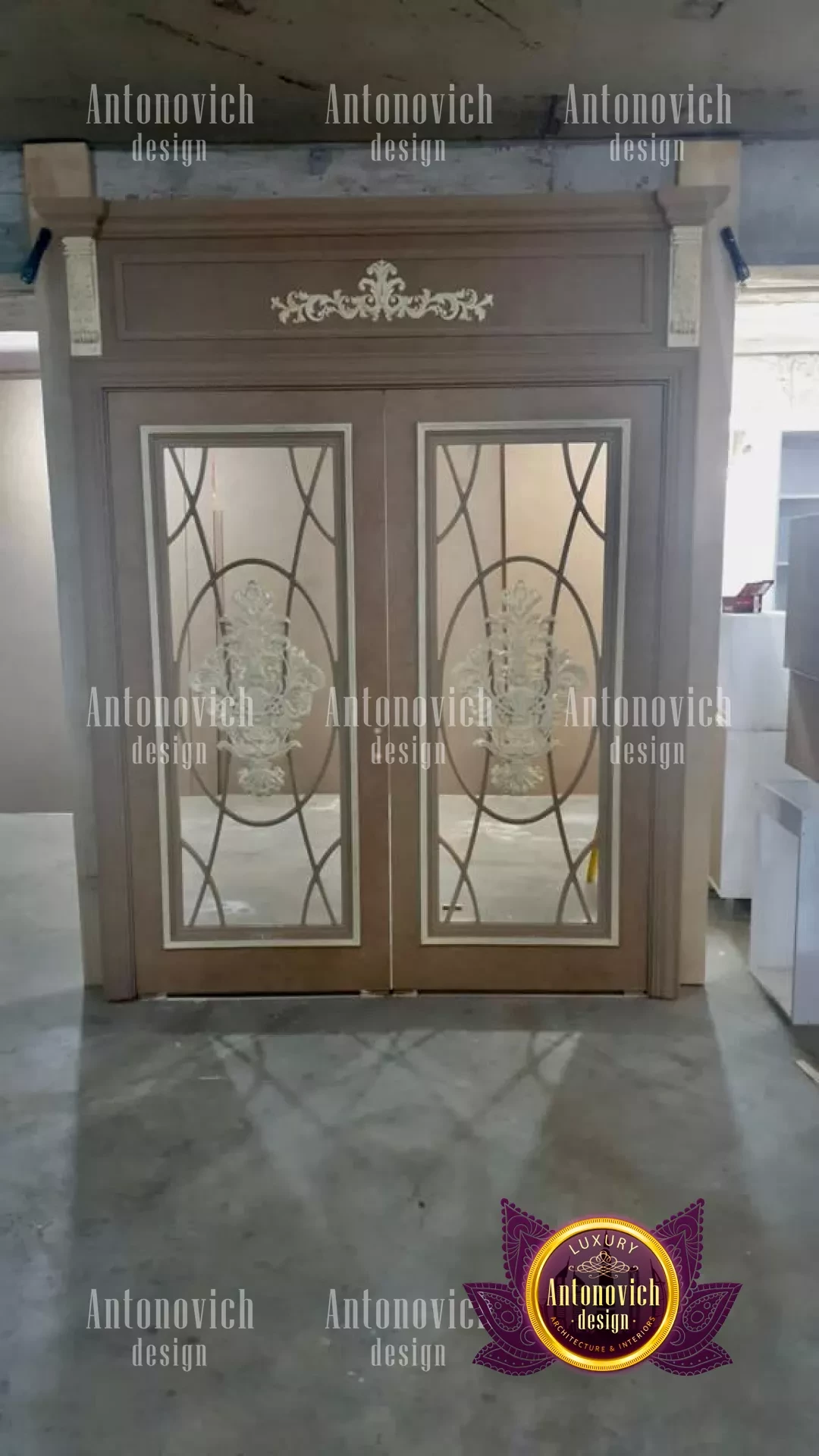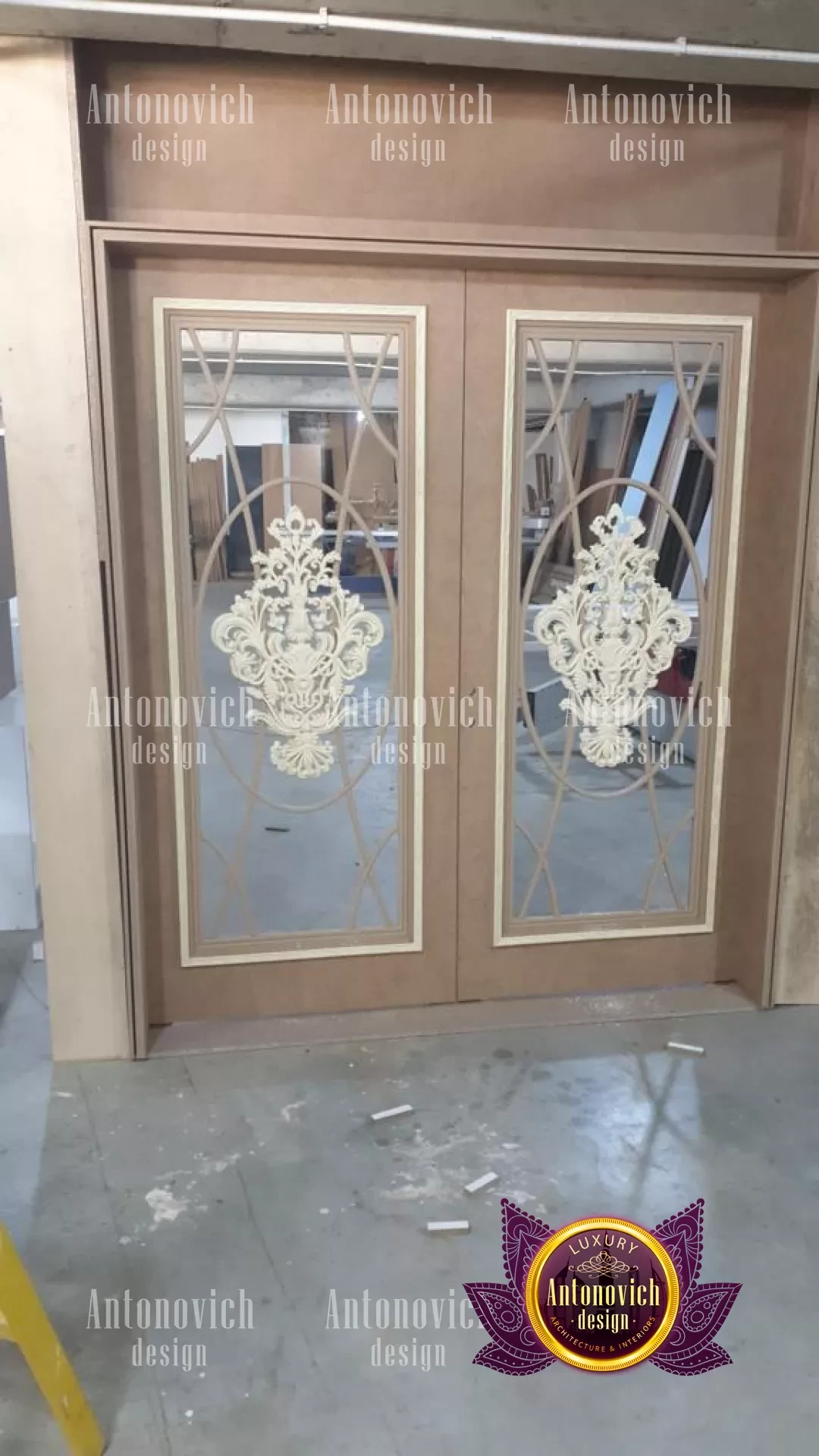CHOOSING THE RIGHT DOOR
Home entrance doors in Miami are frequently referred to as door systems because you are purchasing not just the door Miami but also the frame (see insulation below) and locking mechanism. The average pre-hung front door measures 30-36 inches by 80 inches. If you have a conventional size front door, there are lots of possibilities, but if you don't, getting a bespoke front door will save you a lot of time and difficulties. Fiberglass, steel, and wood are the three basic materials utilized to create a front or side entry doors. A modern front door system will almost certainly use two or more of these materials. The outside of the door may be completed in a variety of bespoke materials, including steel, wood, porcelain, concrete, glass, or lacquer. Each of these materials comes in a range of textures and colors, and two or more elements can be mixed to create a real one-of-a-kind design. You may also select alternative finishes for the door's inner and external surfaces.

Wood remains the standard choice for entry doors, providing the high-end aesthetic buyer's demand as well as good resistance to dents and scratches. Walnut, cherry, oak, mahogany, maple, pine, and fir are the most popular woods used to create doors. The devil is in the details when it comes to solid wood doors; a thicker door with more complex carvings and moldings is typically a superior door. A wood door Miami, on the other hand, requires frequent varnishing or painting to keep it looking its best. A solid wood door should be thoroughly examined once a year for symptoms of deterioration or excessive wear and tear. Steel is the most adaptable and cost-effective material, with superior weather resistance and security. Steel is more durable than wood or fiberglass and will not break or warp. Premium steel doors are commonly constructed with an inner steel frame and high-density foam insulation. Steel doors don't have to look like steel; they may be customized with a stainable wood-fiber coating, laminated-wood veneer, or a variety of other treatments. Glass is quickly becoming a popular choice for home exterior doors. Although glass may appear to be a "less secure" material, contemporary glass safety doors have all of the security mechanisms required to keep your family safe.

Fiberglass is the most popular material. It withstands wear and tear, may be painted or stained, comes in a variety of textures, and requires minimal upkeep. However, low-cost fiberglass doors can fracture when struck and should be avoided. A high-quality fiberglass door will be on the more expensive end of the pricing spectrum. The traditional three-hinge exposed arrangement is not the only way to hang a door. Modern front doors can also be ordered with concealed hinges or with a vertical pivot, allowing for a broader opening range and more light. Whatever hanging method you select, the hinge or pivot can be placed on either side of the door. Although steel and fiberglass front doors provide superior insulation against the outdoors than wood doors, the bulk of heat loss is caused by air leaks around the door rather than through the door itself. When selecting a door, consider the quality of the doorframe's construction as well as the quality of the design integrating the door and the frame—the weatherstripping should seal well and the threshold should lock seamlessly with the bottom edge of the door. Modern front doors are often composed of a sandwich of various materials engineered for optimal insulation and safety, rather than a single material. The finest grade steel and fiberglass front doors have a thermal break, which is a heat-resistant substance put between the inside and outside skins to prevent heat and cold from being passed through the skin and frame and causing frost to form on the inner surface.












